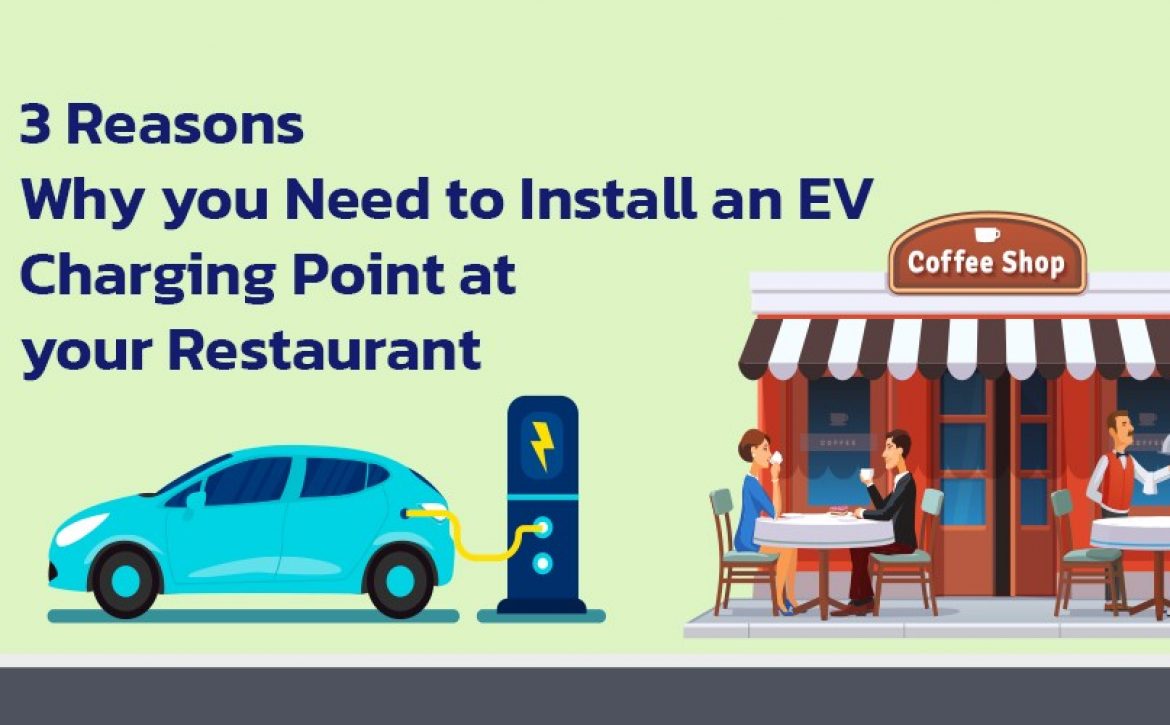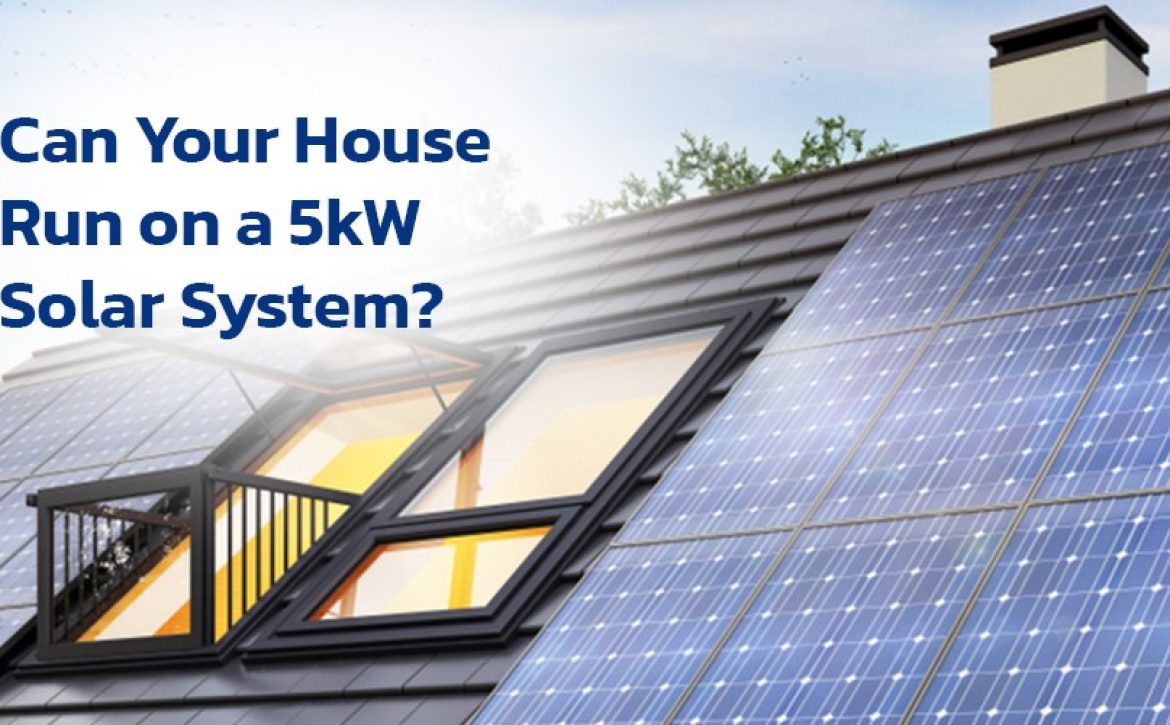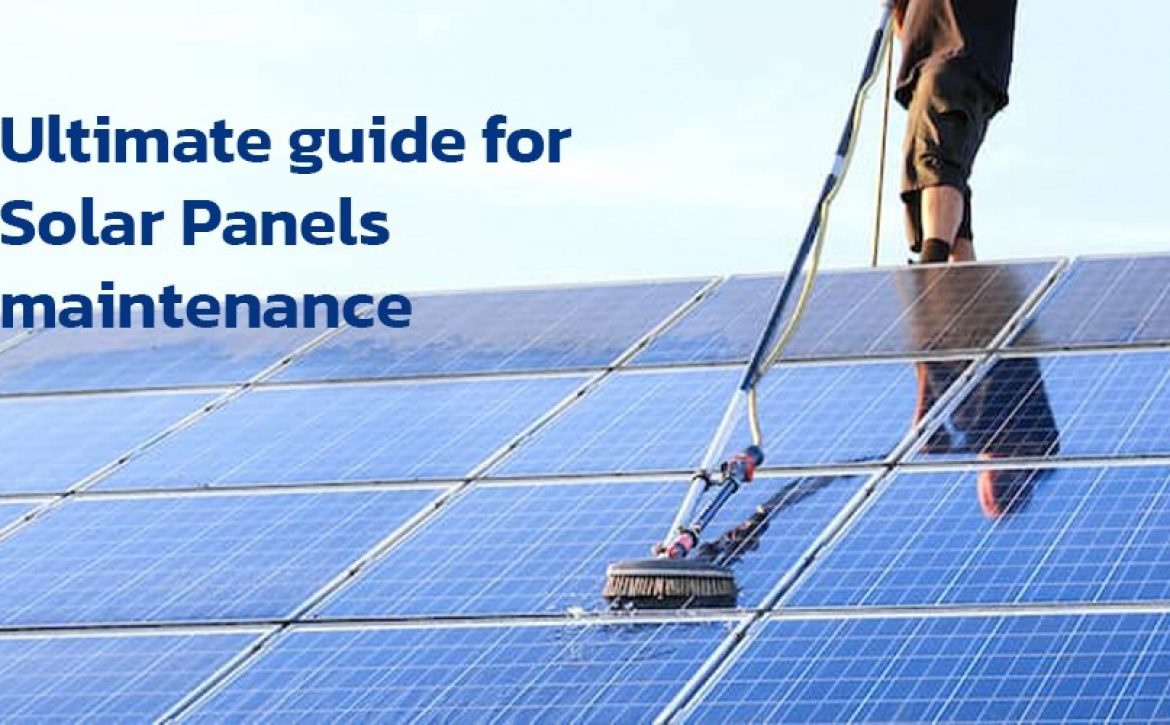Benefits of EV Charging Points at Shopping Centers and Malls
The market for electric vehicles (EVs) is flourishing; sales of electric passenger cars rose by 186% in 2020 and had a record year in 2021. Currently, there are more than 12 million EVs on the road, and this number is expected to rise. If EV charging stations don’t already exist at your mall, you should seriously consider getting them. Electric vehicles are the wave of the future, and demand for them is rising daily. Don’t allow your mall to become a laggard. Rather, embrace the future by incorporating EV charging stations and enjoy the advantages.
At Servotech, we have the ability to deploy our varied EV charging solutions to locations all over the nation, paying special attention to off-grid destinations. Our EV charging solutions are excellent for all situations and won’t disrupt the environment or leave a trace. People still don’t believe that there are enough chargers, therefore destination charging is becoming a more and more important issue in the EV space. We can relieve these worries with our high-end EV chargers.
Benefits of EV Chargers Point at Shopping Mall
Here are 5 key reasons why you should consider setting up an EV charging station at your shopping mall parking:
1. Draw more Shoppers and Profits
Electric car owners will deliberately seek out parking sites with charging facilities. They will wait for their car to charge for at least 30 minutes once they have been pulled to the charging station. They’ll probably shop around that period, increasing your entire revenue. It is a game-changer and has the potential to really emphasise the advantages of EV charging stations. These drive-ins are a fantastic way to introduce non-EV drivers to a more environmentally friendly vehicle, especially if they’re just there as a reward. Many people worry that their car won’t have enough power, but if their locations were promoted more, this wouldn’t be the case. All shopping centres are able to deploy EV charging points, offering drivers convenient destination charging locations in their immediate area.
2. Enhance Buyer Experience
Shopping centre managers are constantly looking for innovative strategies to allure youthful, opulent customers. It is crucial to adapt to the changing consumer culture and recognise their objectives in order to attract the more profitable demographic of shoppers to spend more time at shopping centres. Owners of shopping centres must adopt a comprehensive strategy for making enhancements that will improve everyone’s experience. In order to allow for longer stays at the shopping centres, companies must also examine how shopper groups arrive at their locations and identify important modifications that may be made.
3. Tackle Drivers’ Range Anxiety
A big problem among potential EV drivers is range anxiety. Many people have the false impression that there are a very few EV charging stations, which is just untrue. Chargers, however, are few in more remote areas. Some drivers have a right to be worried, portable EV charging points are the ideal solution as some shopping centres may not have the capacity to support a whole fleet of chargers.
Through the course of your rental period, Servotech’s EV chargers ensure that your chargers are performing as optimally as possible. We are able to offer our services to your shopping centre, which will help you accommodate EV drivers and draw more customers to your malls and shopping places.
4. Offer Advertising Opportunities
If a charging station has advertising screens, mall owners may be able to better understand their patrons, provide them with extra services or products, or sell this marketing communication channel to other companies, unlocking another revenue stream.
EV charging stations have the potential to be an effective outdoor advertising medium, providing brands with access to an urban consumer base that is upwardly mobile, tech-savvy, and affluent. To reach tech-savvy and wealthy consumers, brands from all industries will soon be able to advertise at EV charging stations. The placement of digital outdoor signage near EV charge point infrastructure, which can provide more impressions than stationary signage, is crucial to achieving this goal and should be permitted by EV charge point operators, especially at plazas and shopping malls where the right kind of eyeballs can be grabbed.
5.Provide Destination Charging
Another factor to take into account when establishing EV charging stations is the fact that customer outings to the shopping centre can now last all day, therefore, the sites are perfect for destination EV charging. Large retail malls often have longer dwell times, so EV owners can take advantage of this time with additional charging. Additionally, it contributes to extending stay time by offering more on-site activities and the advantage of EV charging as an extra service. Dwell times Improvements are positively correlated with average visit spending, therefore in shopping centres with longer dwell times, more money is spent. By delivering tailored rewards, it is likely to promote longer visits, more expenditure, and improved visitor experience.
Conclusion
As we can see, using electric vehicle charging stations at shopping sites has a variety of advantages. It’s critical to know what kinds of charging stations are on the market and which ones offer characteristics that are most pertinent to the way that the retail industry operates. Servotech cuts across as the best option for offering on-grid super-fast charging. Owners of shopping centres must be aware of their target market as they work to transform the tourist experience into a full-day one. The long-term commercial viability of shopping centres must be improved, and maintaining the doors open will depend on identifying additional perks that draw the desired shopper group.










